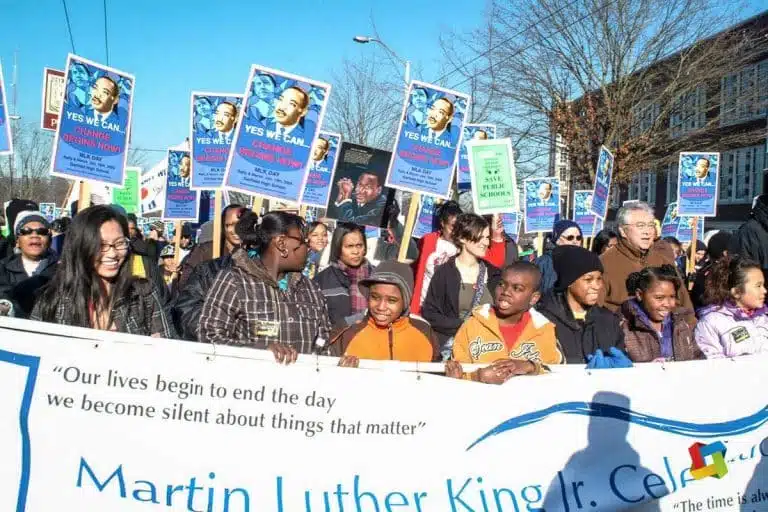New York Times best-selling author and acclaimed management expert Patrick Lencioni addresses the costly and maddening issue of silos, the barriers that create organizational politics. According to Lencioni, silos devastate organizations, kill productivity, push good people out the door, and jeopardize the achievement of corporate goals.
The book reads like a novel – typical for the author – allowing the reader to empathize with the journey of the main character, Jude Cousins, who, after leaving his former employer, decides to start a consulting practice of his own. Cousins, despite having ample experience in strategic positioning, struggles to identify a problem that he can not only solve, but that would generate enough income to feed his soon-to-expand family.
Drawn from his recent experience in which a merger caused so such turmoil that it made Cousins want to leave, combined with a survey amongst former customers, Jude recognizes the problem he wants to engage: helping clients to cross functional silos.
However, before Jude is able to offer a solution, he has to make sure his clients acknowledge the problem exists. During a discovery session with the management team of a hotel, he asked each member of the management team to share what has been their worst job ever. Although these stories happened elsewhere, most could relate to the experiences. Then he asked: “What is holding you back to give your best at your current job?”.
Jude noticed that each member perceived the situation differently. Sales saw it from a sales perspective, maintenance from a maintenance perspective, and so on. In fact, each member felt they represented a team within the organization, thereby dividing the organization into vertical silos.
Notice that without a rallying goal each department acts independently, causing a fragmented customer journey. However, if we are able to cross the functional and mental silos, we could create an integrated customer lifecycle that will drive innovation through cross-functional collaboration, which will lead to more customer loyalty, thereby generating more revenue and capture higher margins.
Title: Silos, Politics and Turf Wars: A Leadership Fable About Destroying the Barriers That Turn Colleagues Into Competitors
Author: Patrick Lencioni
Released: February 17, 2006
























